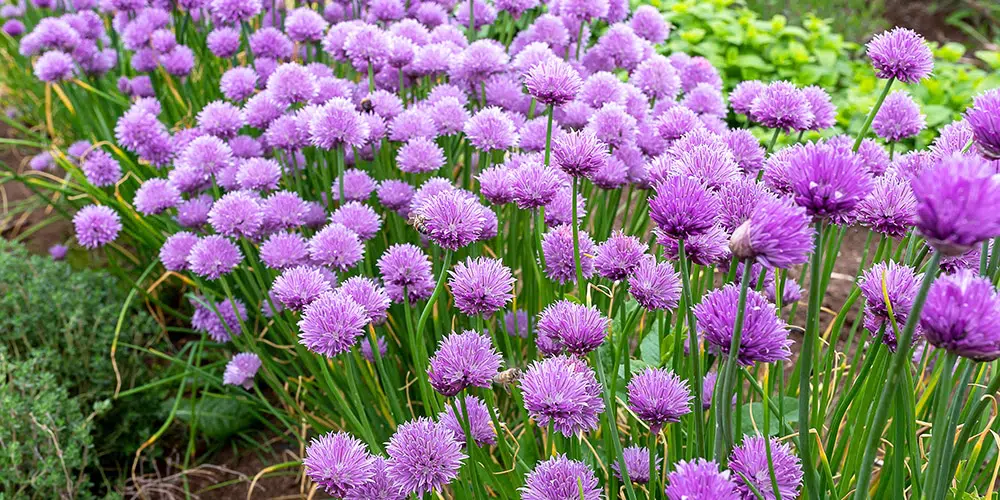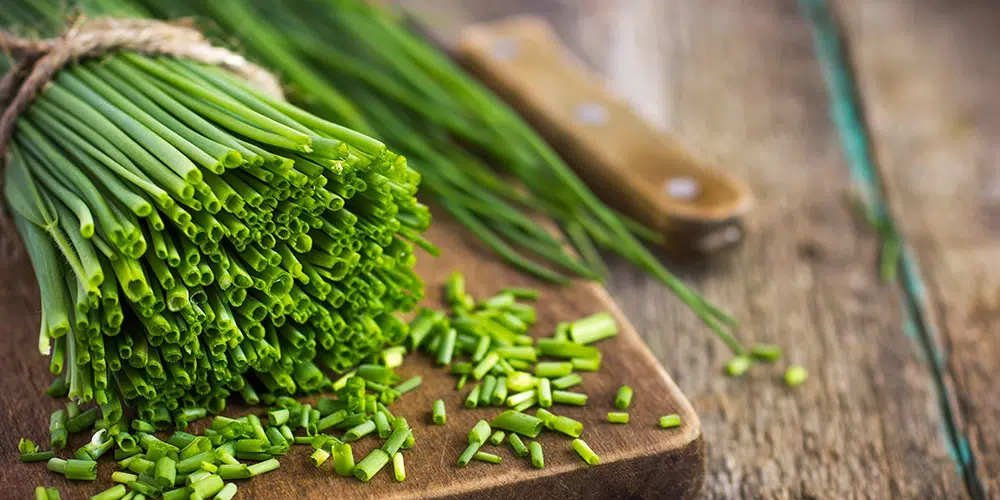Chives
Chives is a herb with a hollow inside. It is a plant from the garlic family, which means that the herb is related to bulbous plants such as onion, leek and garlic. The herb gives the best flavour when used fresh or frozen, but the flavour of dried chives is a good alternative if you do not have fresh ones at your disposal.




